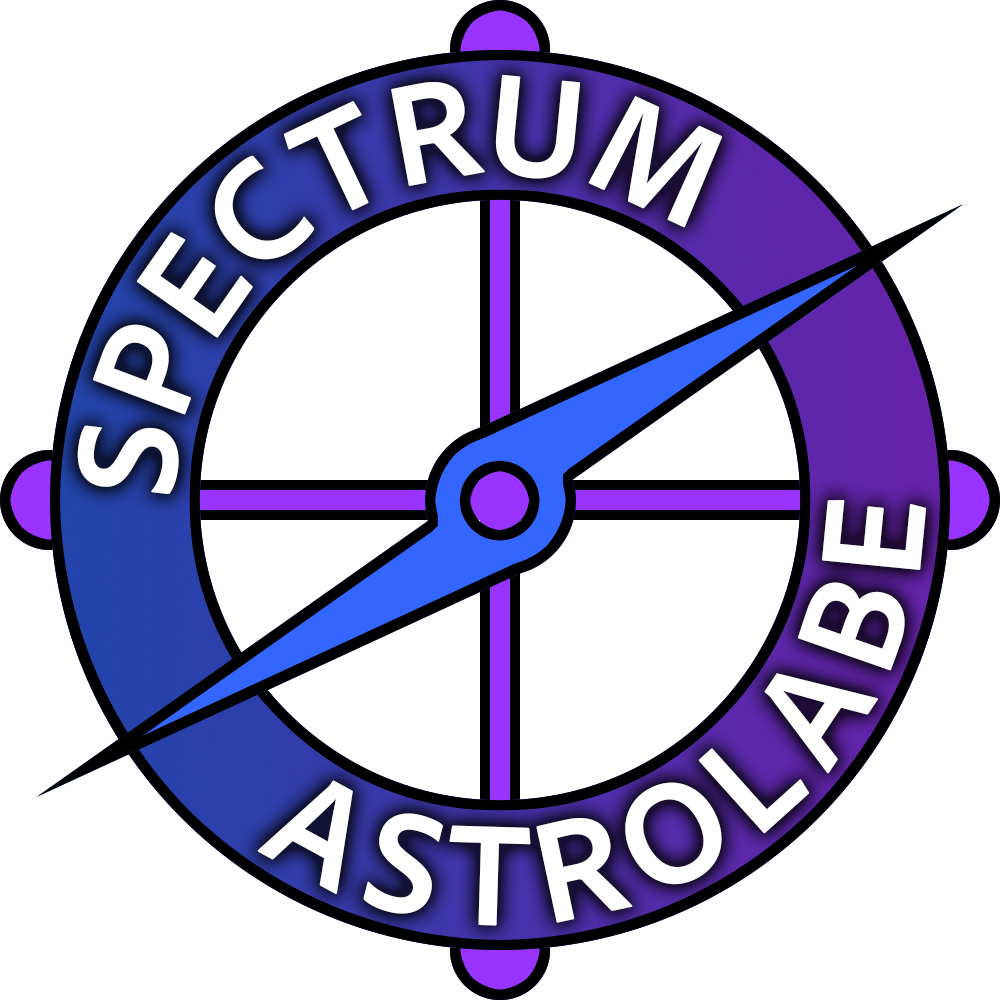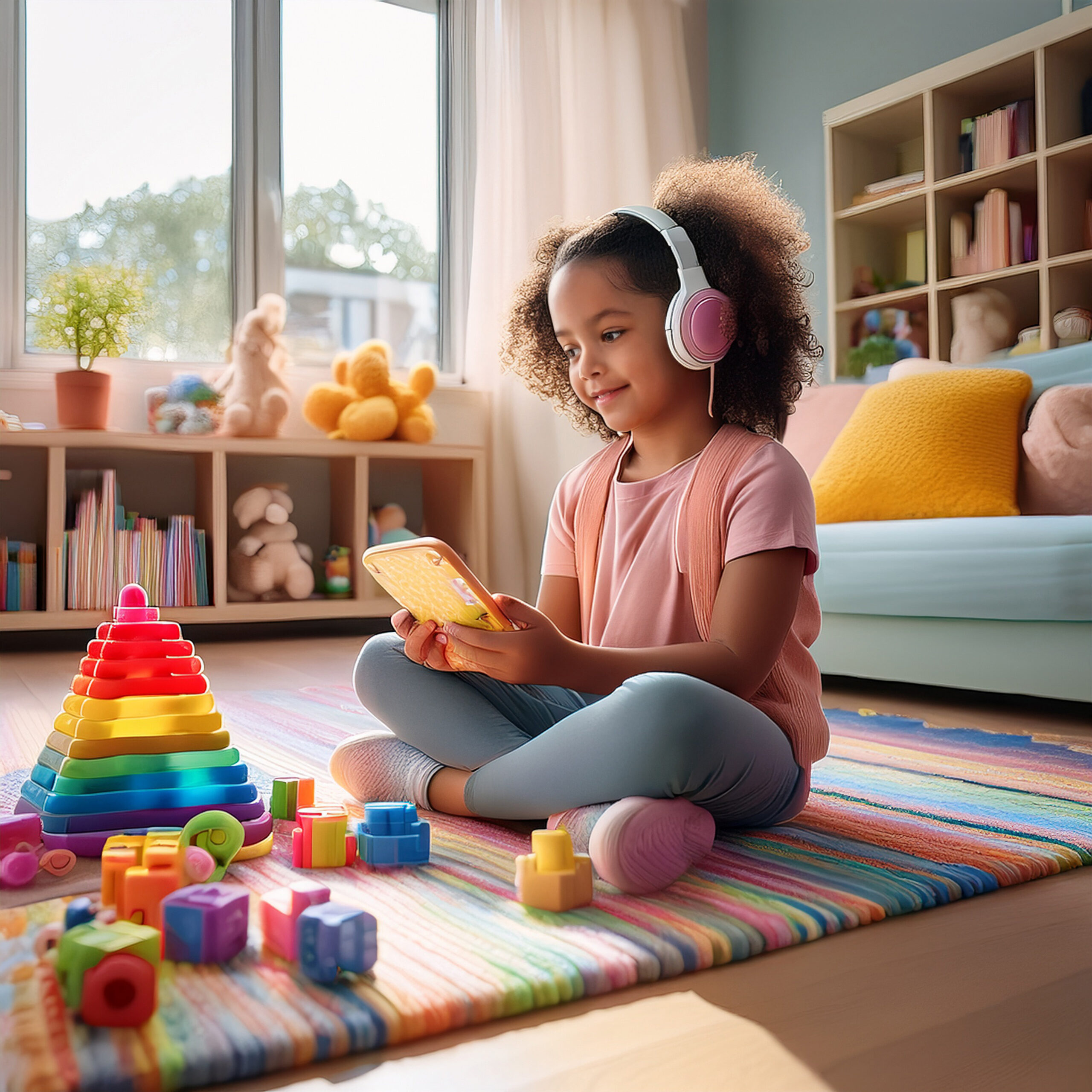Picture a child at a bustling birthday party: music thumps, balloons crackle, frosting smears across tiny fingers. For many, it’s a swirl of fun. But for some autistic children, this same environment feels like an assault on the senses. If you’re reading Spectrum Astrolabe, you probably know this scene well or have lived it. But why do sensory experiences diverge so widely, even among autistic people themselves, and what does the newest research reveal about supporting those who feel the world differently?
New Maps of the Sensory Brain
Contemporary neuroscientists are digging beneath the surface to explain why autistic sensory experiences are so diverse and so real. In July 2025, researchers at the University of Kansas published findings showing that in autistic children, the insular cortex, a hub for integrating sensory data with emotional signals, connects differently with other parts of the brain than it does in non-autistic peers. This alternative wiring means what might sound like ordinary background noise to one kid could become a blaring siren to another, changing from day to day as the brain constantly reinterprets old sensations as new.
According to Dr. Mira Talens, a neuroscientist specializing in autism at KU, “Our latest imaging studies illustrate what families have been saying for years: sensory overwhelm is not a behavior problem. It’s a built-in response shaped by neurobiology.”
A parallel study in BMC Psychology underscores the point: nearly three quarters of autistic children display either pronounced sensory seeking or strong avoidance in one or more domains—touch, sound, movement, or even internal sensations like hunger. Many experience both at once, sometimes rapidly shifting between craving and rejecting input.
One Experience, Many Stories
No two kids feel the world in quite the same way. For example, seven-year-old Jordan, whose mom contributed to a published case study this summer, loves deep pressure and spinning but recoils at the faintest scratchy label or crowded supermarket. To help Jordan feel safe, his parents collaborated with therapists to create a sensory toolkit, packed with fidget toys, noise mufflers, and a favorite soft hoodie—all stashed in a bright blue backpack for outings.
“We were tired of apologizing for what other people saw as bad behavior,” Jordan’s mom told Spectrum Astrolabe. “Once we understood that shrieking at the store wasn’t a tantrum but a sensory reaction, everything shifted. It’s not about being less sensitive, but about being allowed to manage sensitivity on our own terms.”
Actionable Ways to Support Sensory Needs At Home and Beyond
If you’re seeking to support an autistic child or teen, here’s what evidence, therapy, and the voices of autistic people themselves say can help:
- Environmental tweaks: Soften lighting, minimize household noise when possible, and offer options, think soft versus textured clothes or headphones during loud chores. Proactively designate a quiet cooling-off spot, at home or while on the go.
- Sensory diets: Work with occupational therapists to experiment with calming or alerting activities, such as swinging, deep pressure, or tactile games. There’s no one-size-fits-all recipe; let the individual’s preferences guide you.
- Social storytelling: Prepare for challenging environments with stories, videos, or simple what to expect scripts. Build up tolerance gradually and always allow for breaks or exits if needed.
- Advocacy and access: Many public spaces now offer sensory hours or quiet rooms; ask about accommodations, and don’t hesitate to voice what helps.
As the Frontiers in Integrative Neuroscience editors put it this spring, “Holistic, strengths-based approaches that value neurodivergence itself, not just its challenges, can lead to better outcomes for autistic people of all ages.”
Toward Acceptance and Flexibility
Reflecting on fresh policy suggestions and community wisdom, it’s clear that the most successful support strategies are flexible, collaborative, and always personalized. There’s no magic fix, but fostering acceptance, especially the right to step away, wear headphones, or just be, goes a long way.
Let’s keep listening to science and each other, even when the world gets loud.
Sources
- American Occupational Therapy Association. (2025). Occupational therapy using Ayres Sensory Integration in school-based practice: A call to action. American Journal of Occupational Therapy, 79(1).
- BMC Psychology. (2025, July). Exploring the interplay of sensory hypersensitivity and autistic traits in children. BMC Psychology, 13(7).
- Building Blocks Therapy. (2025, May 9). How sensory processing therapy helps children with autism navigate everyday experiences.
- Child Mind Institute. (2025, June 20). Sensory processing issues explained. Child Mind Institute.
- Discovery ABA. (2025, July 11). Sensory processing disorder vs. autism. Discovery ABA.
- Frontiers in Integrative Neuroscience. (2025, April 14). Sensory–movement underpinnings of lifelong neurodivergence.
- Frontiers in Psychiatry. (2025, May 21). Sensory processing in autism: a call for research and action.
- Mastermind Behavior. (2025, July 31). Addressing sensory sensitivities in children with autism.
- Spectrum Astrolabe. (2025, May 31). Understanding neurodiversity: A historical perspective and contemporary significance.
- University of Kansas. (2025, July 15). Study examines early sensory processing and development in people with autism. KU News.
- Paulus, Hannah. (2025, July). Sensory Processing Strategies and Interventions. SSRN Electronic Journal.
- Discovery ABA. (2024, December 9). Managing Sensory Issues in Autism: Tips and Tricks.









